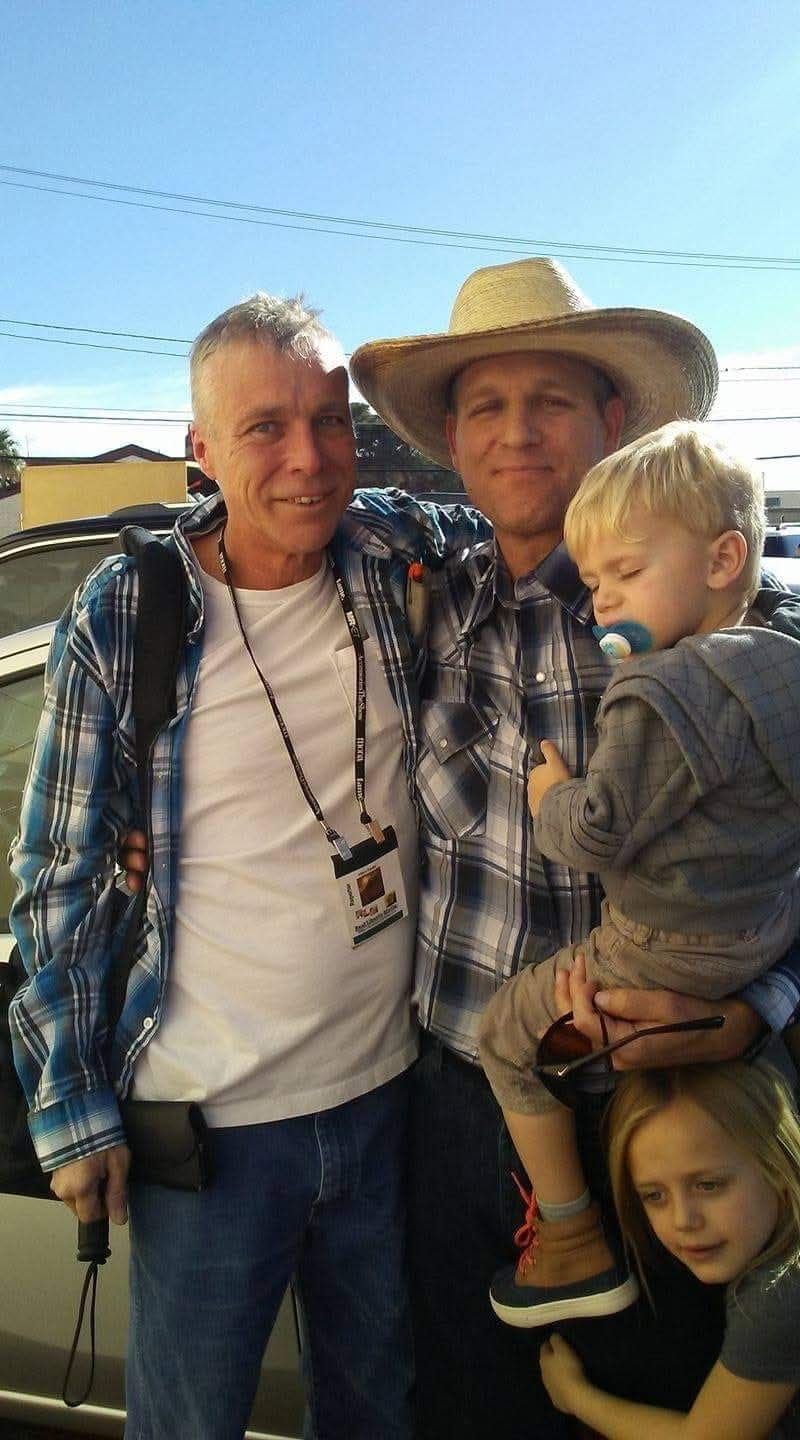Ammon Bundy: A Short-Story
By 2014 Ammon’s father, Cliven Bundy was the last rancher running cattle in Clark County. After more than two decades of Cliven's refusal to sign a contract with the agency, the BLM finally laid siege to the ranch in the spring of 2014.
The name Bundy (no, not that one) became known across America almost a dozen years ago following a tense standoff with federal agents.
This Southern Nevada ranching family had long been a target of the Department of the Interior, which sought to remove them from their land.
The Rise of the BLM and the Clark County Dispute
The Bureau of Land Management (BLM), originally a service agency with limited duties like confirming boundary lines, incrementally assumed greater authority. Over time, it quietly transitioned from land stewardship to outright claiming ownership of the land. This shift led to the BLM imposing restrictions, raising fees, and effectively running ranchers out of business.
By 2014, Cliven Bundy was the last rancher running cattle in Clark County. After more than two decades of Cliven's refusal to sign a contract with the agency, the BLM finally laid siege to the ranch in the spring of 2014.
During the siege, a century-old spring-fed water system was destroyed, and suspicions arose that cattle were being slaughtered indiscriminately. When the Bundy family, friends, and neighbors tried to inspect a dump truck thought to be carrying dead cattle and destroyed equipment, they were reportedly attacked by federal agents.
A video of the attack went viral, drawing thousands of supporters from across the country. The tense standoff, involving about 200 armed agents, ultimately ended when the BLM backed down under the direction of the local Clark County Sheriff’s Department.
The Malheur Occupation and Legal Battles
Two years later, emboldened by the success in Nevada, Ammon Bundy and his brother Ryan, along with other supporters (including LaVoy Finicum), went to Oregon to support local ranchers Dwight and Steven Hammond. This action culminated in the 41-day occupation of the Malheur National Wildlife Refuge.
The standoff ended tragically when spokesman LaVoy Finicum was killed by the FBI and State Police at a roadblock while en route to speak with the people of Grant County and their sheriff, Glenn Palmer.
In the ensuing months, Ammon, Ryan, and others were arrested. Many were acquitted by a jury of their peers, some took plea deals, or where sentenced by Judge Anna Brown to prison terms, and supervised release.
Charges were then brought against some of the same men in Nevada for the 2014 standoff. Those trials also concluded without convictions for many of the 19 charged individuals.
Activism in Idaho and Current Legal Trouble
From these events, the People’s Rights movement emerged across several states, including Idaho, where Ammon Bundy moved and continued his activism.
His support for others became prominent again during the case of Baby Cyrus, who was taken from his parents under allegations of neglect. Protests followed, and the parents were vindicated when a clean bill of health led to their child being returned.
St. Luke’s Hospital, which bore the brunt of protests, retaliated with civil actions against Ammon and the child's grandfather, Diego Rodriguez.
Ammon Bundy refused to participate in the suit, rejecting summons with the intent of allowing a default judgment. However, the judge issued a contempt of court citation and a warrant for his arrest, leading to Ammon currently being without recourse, bankrupted due to his actions, standing for others.

☆
